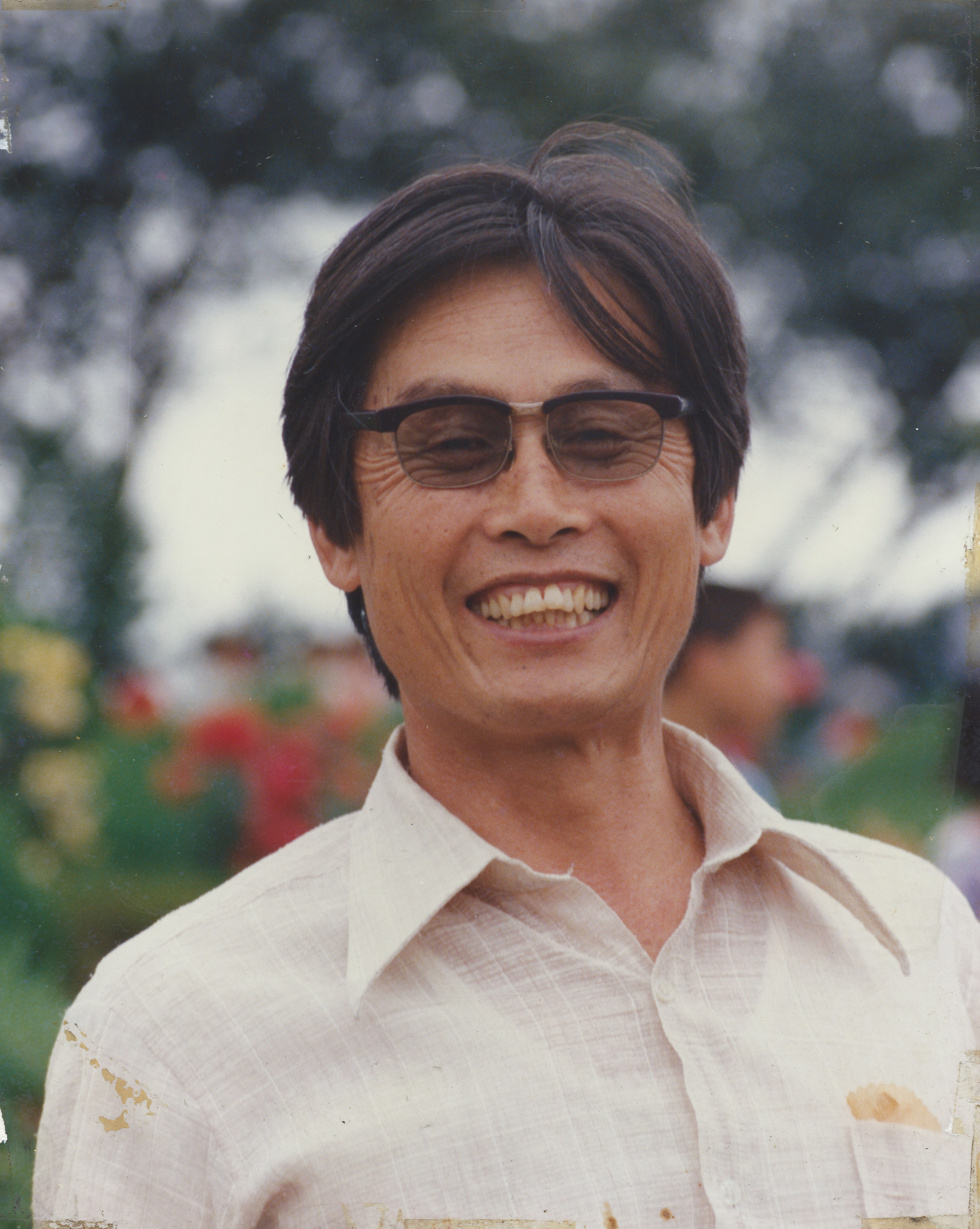반응형
오랫동안 사용하던 오백만 뷰를 자랑하던 블로그를 https://blog.naver.com/samswlee/ 으로 이전합니다.
https://blog.naver.com/samswlee
노란장미의 사는이야기 그리고 80518 : 네이버 블로그
滉鄣(황장)李相鴛SamLee https://yellowroses.tistory.com/15851296
blog.naver.com
https://blog.naver.com/samswlee/223357878633
227. Blue Lagoon in Iceland
https://youtu.be/9SKqGt_Eieo The Blue Lagoon is a geothermal spa in southwestern #Iceland. ...
blog.naver.com
반응형
'1. Dr. Sam Lee > 여행스케치' 카테고리의 다른 글
| 229. Iceland - Nordic Island Country between North Atlantic and Arctic Oceans (0) | 2024.02.19 |
|---|---|
| 228. Evangelical Lutheran Church of Iceland and Reykjavik’s Rainbow Street (0) | 2024.02.19 |
| 226. Volcanic eruptions in Iceland (0) | 2024.02.16 |
| 225. Fridheimar Tomato Farm in Iceland (0) | 2024.02.16 |
| 224. Northern Lights, Aurora in Iceland (0) | 2024.02.15 |
